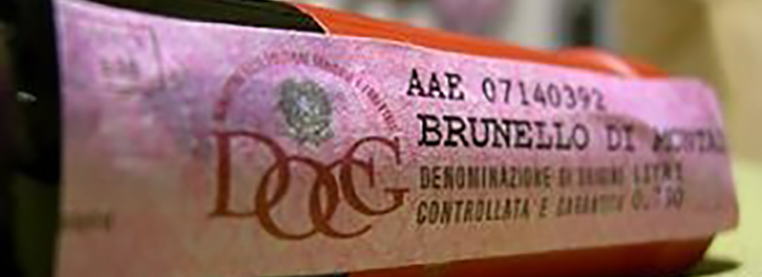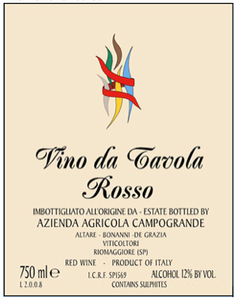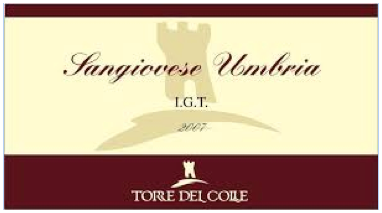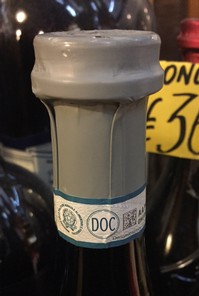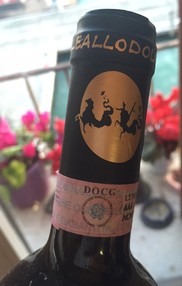March 17, 2016 |
Why DOCG |
Marina Elettra Snow
What’s So Special about DOCG?
Wine holds a special place in the heart of all Italians. It is part of Italy’s history and daily life. Can you imagine Italy without wine? It’s what we do.
As a consequence, we have a lot of rules around producing wine. In a country with 20 wine regions and over 370 varieties of grapes, it is necessary to create some order. To provide some organization to this large body of wines, the Italian government has developed the “Diciplinare” or “Discipline.” This is the official set of rules required to certify your wine by type. The four categories are: Table Wine, IGT, DOC and DOCG. Each category has it’s own Diciplinare that must be followed.
What To Look For On The Bottle – How To Identify DOCG Prosecco and Wine
The reason for establishing rules and hierarchy of Italian wines is to contain the production of wines to specific regions and ensure the history and quality standards of the production. It’s an objective process that has no bearing on the subjective quality (aka flavor) of the wine. The rules create a list of factual characteristics that make a Borolo and Borolo or a Chianti and Chianti.
Here’s a review of the four types of wines and what to look for on the label to know what you are buying:
VdT Wines (Vino da Tavola, aka Table Wines)
Table wines do not have a designation of origin, grape variety name or crop year. When a label includes the classified name “Table Wine,” you have a generic wine, no specific qualitative characteristics. This does not mean it is low quality or is not genuine. It may contain different varietals from different years and it is the type of wine you would usually get in a Trattoria by the liter… You know those lovely italian ceramic carafes served in local restaurant… that is surely a Vino da Tavola!
Table wines are typically small family productions and not geared towards wide or international sales.
Table wines DO NOT list a year, varietal or production zone on the label. They are allowed to only mention color (white, red, rosé) and usually say Vino da Tavola on the label.
There is typically Vino da Tavola written on the label.
IGT Wines (Indicazione Geografica Tipica, Indication of Geographic Origin)
IGT wines are similar to the generic table wines, yet with the added requirement of designation of origin. The characteristic elements of IGT wines include the geographical zone of origin (for example Sicily or Veneto), the basic grape variety (e.g., Sangiovese or Nebbiolo) and the vintage year.
At this level, the required “disciplines” kick in. Here are the rules that must be followed:
-
How many grapes can be harvested in a year from any given acre of land (“Yield”).
-
How many liters of wine can be produced from the limited number of grapes harvested, as per the “yield” limitation above.
-
The minimum natural alcoholic strength — The alcohol that is present in the wine produced after fermentation process has completed. Fermentation occurs as the yeast consumes the sugar naturally present in the juice from the grapes.
-
The alcoholic strength for consumption — This is when sugars are added to the fermentation process in order to achieve higher alcohol content.
-
The vines from which they can be obtained — Only certain types of grapes can be used to make a given wine.
IGT wines have the denomination printed on the label, but will not have any sort of government seal on the neck or top of the bottle.
Look for IGT written on the label.
DOC Wines (Denominazione di Origine Controllata, Origin is Controlled)
DOC wines are produced in very specific geographical areas and their winemaking and chemical characteristics (dry extract, total acidity, etc.) are regulated by the discipline.
The specifications provide the types of wine that can be produced at any given vineyard (such as Rosso Riserva, or late harvest). DOC wines follow the list of rules mentioned above, with an added control related to the type and duration of any aging.
DOC wines are often exported internationally and are easy to identify because they are clearly labeled with a government seal as “DOC.”
Look for the official government seal with DOC.
DOCG Wines (Denominazione di Origine Controllata e Garantita; Origin Controlled and Guaranteed)
DOCG wines are the top tier of the hierarchy. The DOCG label is reserved for the highest quality wines in Italy. These wines are put through the same rigorous tests and criteria as DOC wines, plus stricter production rules and they must pass two organoleptic exams (sensory tastings geared toward identifying defects) prior to being put on the market.
DOCG wines are often exported internationally and are easy to identify because they are clearly labeled with a government seal as “DOCG.” The only wines that are GUARANTEED in their origin and process.
Look for the official government seal with DOCG.

